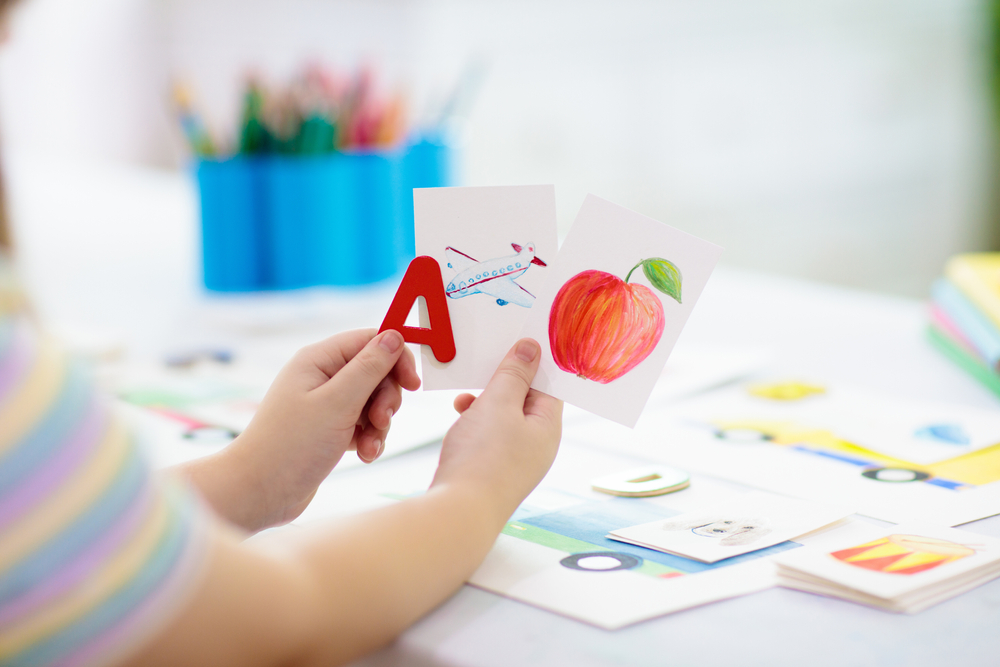
In the ever-evolving world of education, visual learning has become vital. It is a powerful tool for children’s development and understanding. Visual learning involves the use of images, videos, and diagrams. They enhance the learning experience.
Enhanced Comprehension and Retention
Visual learning provides children with a more immersive and engaging learning experience. Complex problems become simple when presented in a visual way. Visual aids like diagrams, infographics, and charts help break down information into representations. These representations are more accessible to young learners.
Research shows that visual aids improve comprehension and retention rates among students. Information presented in a visual way activates many areas of the brain. It helps children connect abstract ideas with concrete images and makes it easier for them to grasp and remember them for a long time. Visual learning also helps them apply the knowledge they gain in a relevant way.
Stimulates Curiosity and Creativity
It stimulates children’s curiosity and creativity by presenting information in an appealing manner. Visual aids like colorful images, videos, and interactive graphics are vital in this case. They capture children’s attention and make the learning process more engaging. Children delve deeper into the topic when exposed to visually stimulating materials.
Visual aids encourage children to think in a critical and creative way. They can analyze and interpret information in different ways. This presentation of information encourages children to ask questions and fosters their creativity. It also helps them develop a deeper understanding of the subject matter. Visual learning empowers children to explore and express their ideas through visual mediums. These include drawing, painting, or creating multimedia presentations.
Supports Multi-sensory Learning
Every child has a unique learning style. Visual learning accommodates different types of learners. Visual aids provide a multi-sensory experience by combining visual, auditory, and kinesthetic elements.
It enhances the learning experience by incorporating different senses. Seeing, hearing, or touching information strengthens understanding and retention of the subject matter. It is a multisensory approach. It allows children to engage with the material on many levels. It reinforces learning and makes it more meaningful for children.
Facilitates Language Development
Visual learning plays a vital role in language development in children. It also helps those learning a second language. Visual aids provide contextual support and reinforce language comprehension. Children associate visual representations with the corresponding vocabulary. The association strengthens their language skills. It expands their vocabulary and improves their communication abilities.
Promotes Critical Thinking and Problem-Solving
Visual learning encourages children to develop critical thinking and problem-solving skills. Visual information is helpful. Children are prompted to analyze, interpret, and draw conclusions. Visual aids often present complex information in a simplified manner. They can break down problems into manageable parts. The process fosters analytical thinking. It strengthens and equips children to tackle challenges in an effective way.
Enhances Digital Literacy
Visual learning incorporates digital tools and resources. It exposes children to technology at an early age. Engaging in online learning platforms helps children develop digital literacy skills.
For more information about visual learning for children, visit EyeXcel. Our office is in Knoxville, Tennessee. Call (865) 687-1232 or (865) 243-8260 to book an appointment today.










